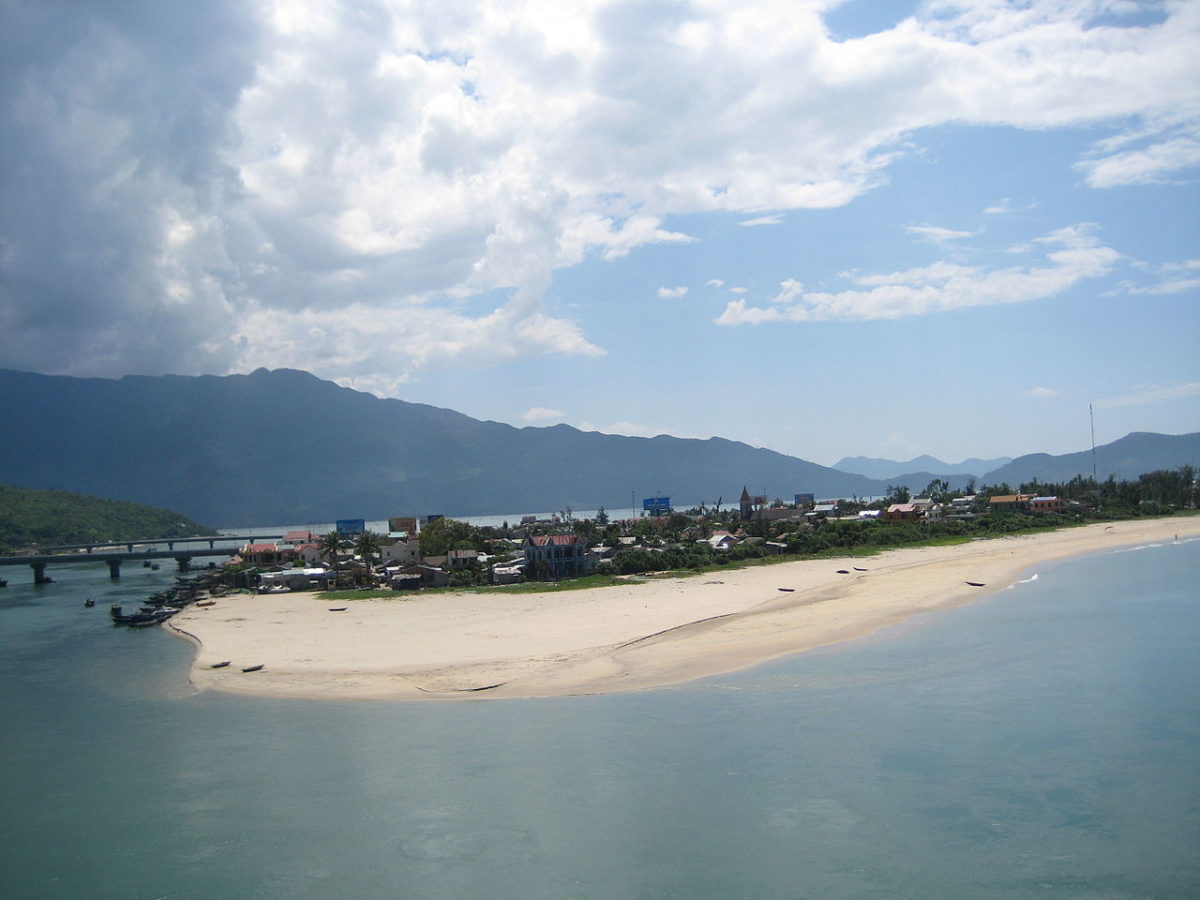Demand for residential PV systems in Vietnam’s largest city jumped roughly 170% from September 2017 to May 2018, according to a recent report by the Dân Tri newspaper. The findings underscore comments by Prime Minister Nguyen Xuan Phuc to Reuters this week, indicating his government wants 26% of households to be equipped with solar panels by 2030 as the country aims to ramp up annual renewable electricity output from 101,000 GWh by 2020, to 186,000 GWh by 2030.
The nation’s short-term target for residential PV system usage is 12% – from just 4.3% at present – Prime Minister Phuc told Reuters this week. He also said Vietnam plans to start exploiting its vast reserves of rare earth materials, which he estimates at roughly 20 million tonnes. The government’s targets for energy production and the development of natural resources are in line with its plans to slash its reliance on coal by 40 million tonnes over the next 12 years.
The prime minister’s comments cap an exceptional year for solar in Vietnam, following the government's announcement of a new feed-in tariff (FIT) in April 2017, to spur PV development. Over the past six months in particular, a series of policy, project and production announcements have underscored soaring interest in the country’s untapped solar potential, despite lingering concern about issues including land procurement.
In March, the Vietnamese government filed a complaint to the World Trade Organization (WTO) over U.S. tariffs on crystalline silicon PV imports. The move came just as a number of domestic and foreign manufacturers had revealed plans to establish solar production facilities in the south east Asian country. Italian PV supplier Ecoprogetti, for example, announced plans this year for a 250 MW glass-backsheet production line near Hanoi by July. And Japan’s Nippon Sheet Glass said it would spend around JPY40 billion ($365 million) to reopen a dormant solar glass factory in Vietnam by the middle of 2019, according to Nikkei Asian Review.
In February, Singapore-based PV developer Sunseap and infrastructure specialist InfraCo Asia announced plans to jointly develop 168 MW of solar plant in Ninh Thuan province and in April, Indian EPC services provider Sterling and Wilson revealed it aims to install 300 MW of PV capacity in Vietnam by next summer. At around the same time, Thailand's Gulf Energy Development said it would construct 48 MW of solar in the country, with Vietnam's TTC Group. Other foreign players that have announced major Vietnamese solar projects this year include German EPC specialist Conergy –with 30 MW in Ninh Thuan province – and Japanese engineering firm JGC, which is building a 49 MW (AC) project in the southern part of the country with Gia Lai Electricity, a unit of TTC Group.
In April 2017 the Vietnamese government announced its long-awaited solar FIT program. The 20-year payment was set at VND2,086/kWh ($0.091/kWh) and was accompanied by a net metering policy to back residential PV. However despite Vietnam’s vast potential, its total installed PV capacity remains negligible. Cumulative installations stood at just 8 MW at the end of 2017, according to statistics from the International Renewable Energy Agency (IRENA).
Mr Phuc's government is targeting 850 MW of new PV by 2020, 4 GW by 2025 and 12 GW by 2030, according to the Ministry of Industry and Trade.
This content is protected by copyright and may not be reused. If you want to cooperate with us and would like to reuse some of our content, please contact: editors@pv-magazine.com.



By submitting this form you agree to pv magazine using your data for the purposes of publishing your comment.
Your personal data will only be disclosed or otherwise transmitted to third parties for the purposes of spam filtering or if this is necessary for technical maintenance of the website. Any other transfer to third parties will not take place unless this is justified on the basis of applicable data protection regulations or if pv magazine is legally obliged to do so.
You may revoke this consent at any time with effect for the future, in which case your personal data will be deleted immediately. Otherwise, your data will be deleted if pv magazine has processed your request or the purpose of data storage is fulfilled.
Further information on data privacy can be found in our Data Protection Policy.